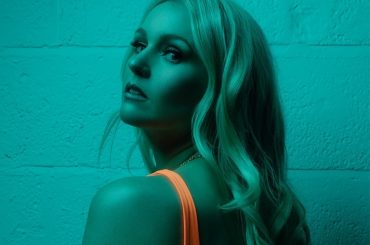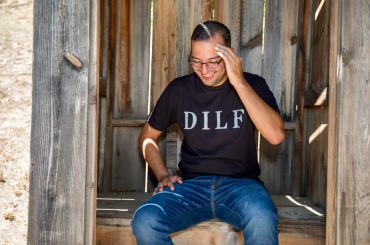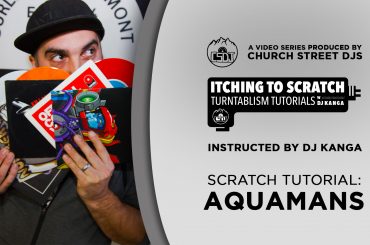There is certainly no denying that bass music, dubstep specifically, has seen a recent resurgence over the past three years and continues to be one of the hottest genres in the world of electronic music.
Plus, up-and-coming talent continuing to blossoming and the genre’s elites continuing to push it forward, the reign of the wobble doesn’t seem to be coming to an end anytime soon.
Hot off the release of this guttural Next Chapter EP, we recently one of the true legends in the world of dubstep, FuntCase, to pick his brain when it comes to production.
Whether you’re curious to hear the method to his madness or a bass producer looking to learn from one the best, the masked mastermind took the time to share five of his favorite tips when it comes to cooking up the filthy tunes that has made him a household name throughout the bass scene.
1. Make sure sidechains are a plenty! A lot of people think that just sidechaining kicks and snares to suns is enough, if it’s a particularly heavy track or even a faster bpm like drum and bass, it’s best to let everything breathe so everything sounds the way it’s supposed to. If you have a snare with a particularly nice top on it. You don’t want it doubling up with the hi hats frequencies for instance, otherwise the top on that snare will sound too accentuated.
2. Tame hi hats with transient shapers. My absolute go to for transient shapers is the Kilohearts Transient Shaper, it actually shows you what it’s doing to the transient! For me, have a hi hat bus and using a transient shapers on it and putting the attack at minus tames the initial hit of all the hats, that way it smoothes them out and doesn’t seem too stabby. (Only if it needs it of course, but always good to experiment.)
3. Make sure your mono is intact. A lot of producers, especially in dubstep, use serum and tend to spread their sounds super wide, this sounds amazing in the mix if done right but not enough people keep an eye on their mid/mono signal. Put an imaging plugin (that has a mono button) on your busses and master so you can check to make sure that the mono signal sound like it should. If you’re heavily using an image spreader it can tend to separate the signal in two and pan it so it creates the effect but that then ruins the mono signal. You’ll be surprised how many systems in clubs and festival spaces etc that actually run their systems in mono. If your mono isn’t right then it won’t sound right when you play them out!
4. Producers block is the worst. People always ask me what do I do when i get a block and I always tell them the same thing, although every producer has their own way of dealing with it. For me there two ways of dealing with it:
You step away from studio altogether and just do what you love to do outside of it, like play video games, listen to other music styles etc and try not to force yourself in the studio. A lot of times I feel like you can try things but nothing works because there’s no solid ideas. I think if you give your brain a rest from it, it surely can be beneficial till the moment you actually do get an idea then you step into the studio (however long from the last time,”) refreshed and excited and this reinvigorates you.
If you still feel the need to be physically productive when you can’t seem to write anything then write useful elements for when you do get your creativity back, I.e. make new snares, make a whole new drum set, make one shot basses or loops and save them all in a handy folder. When you go back to that folder in your reincarnated creativity, you have a war chest of your own ideas to go to and create!
5. Go explore, find something weird! For me, finding fun and weird new VST’s is mega fun and can be really cool to mess with. I’ve made some of my best sounds using a weird free VST I found on the Internet. Production, for me, isn’t all about mastering the hell out of the obvious plugins, it’s all about messing with multiple and getting fresh sounds out of them. For instance, on a track of mine called “predator” I used Cyclop by Sugar Bytes and when I nailed that original drop long sound, I was mega happy. It MIGHT be easy to create in massive or serum or whatever you like to use, but personally, getting that out of something I never use or know of anyone else using felt really good, felt like I was a little out of the box as it were.
Want more production tips? We’ve got you covered! Check here.
DJ Times Magazine is copyright © 2020 by DJ Publishing, Inc. www.djtimes.com


![[Exclusive] FuntCase Shares His Top 5 Production Tips Funtcase](https://www.djtimes.com/wp-content/uploads/2019/10/funtcase-5-production-tips-dj-times-770x515.jpeg)





